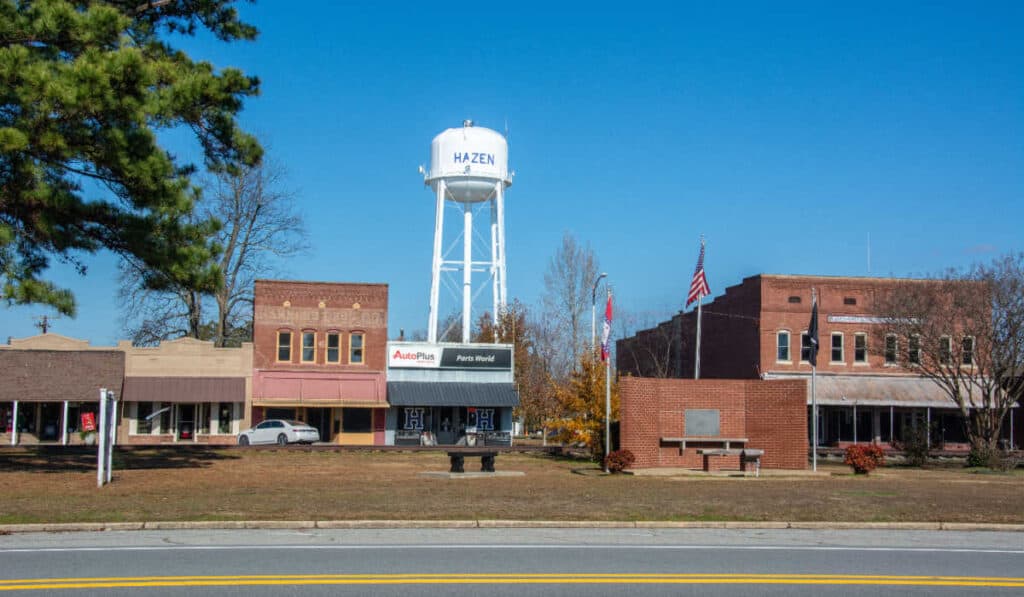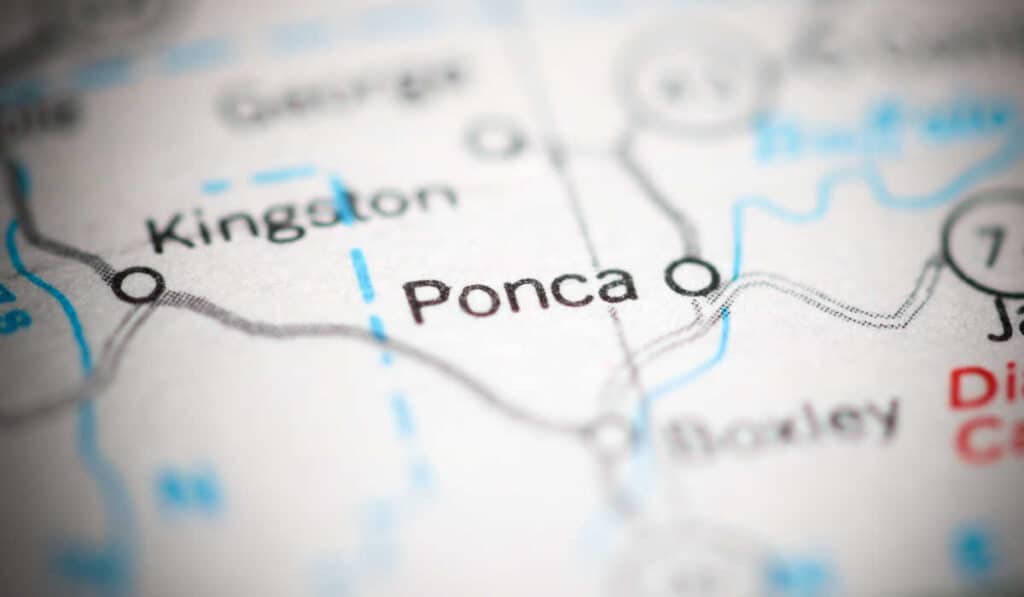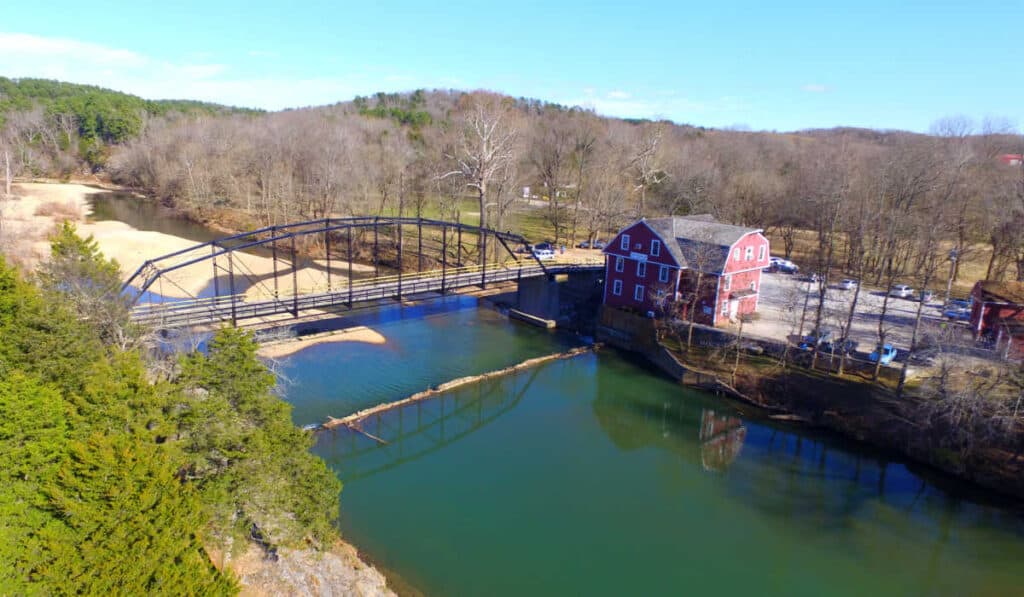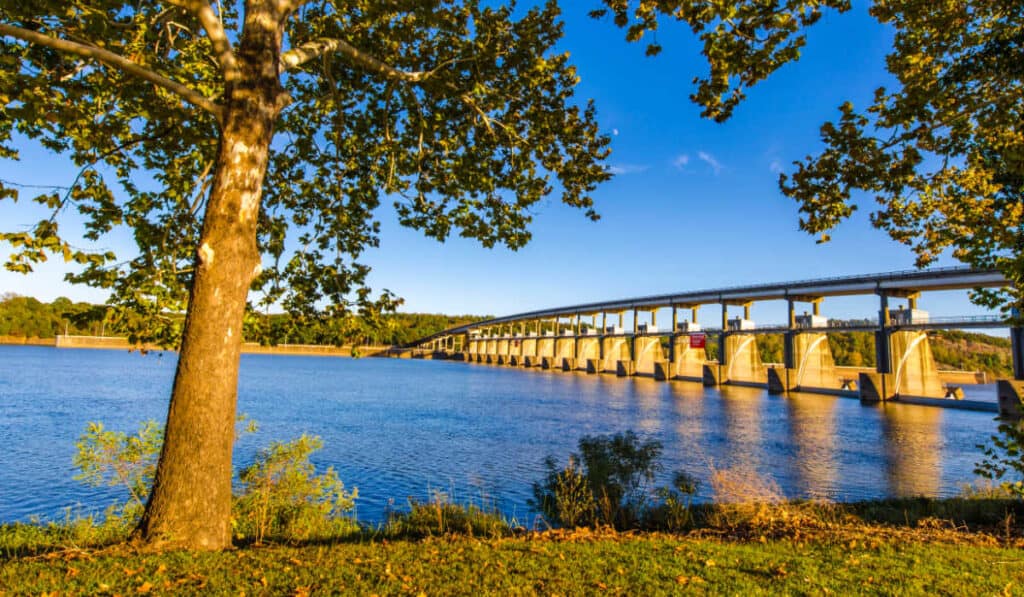Onondaga Cave State Park, located on the Meramec River approximately five miles southeast of Leasburg, Missouri, offers visitors a mesmerizing experience as they descend into a world of breathtaking natural beauty. Established in 1982, the park is recognized as a National Natural Landmark due to the incredible formations found within the cave. The state of Missouri is often referred to as “The Cave State” because of its abundance of underground wonders, and Onondaga Cave stands out as one of its most remarkable features.
Cave enthusiasts and outdoor lovers are drawn to this enchanting park for guided tours of the underground wonderland, showcasing tall stalagmites, dripping stalactites, and active flowstones. In addition to these subterranean marvels, Onondaga Cave State Park offers several other activities for visitors to enjoy. Above ground, the park provides opportunities for camping, fishing, hiking, picnicking, and swimming in the Meramec River.

Whether venturing into the depths of the Onondaga Cave or exploring the scenic park above, visitors will undoubtedly leave with a greater appreciation for the stunning, natural attractions that Missouri has to offer.
History and Background
Onondaga Cave Discovery
Onondaga Cave was discovered in 1886 by a local resident named Charles Christopher, who was working at the Davis Mill at the time. While examining the outlet of the Davis Spring on millpond, Christopher realized that there was a cave lying beyond. The cave was eventually named “Onondaga” in 1904, which comes from the Iroquois tribe and roughly translates to “people of the hills”.
This underground wonder is formed in Eminence and Gasconade formations of dolomite, chert, sandstone, and shale. The formations were created approximately 600 million years ago, following a period of volcanic activity that left shallow seas in the region.
Establishment of State Park

The area surrounding Onondaga Cave was first settled by George and Statirah Cresswell in 18504. They moved to the region from Washington County, Missouri, along with Statirah’s adopted family, the Allisons. The Cresswell family built a mill on the Meramec River near Saranac Springs, which unfortunately was destroyed by a flood in 1881. The property was then purchased by William Henry Rollision Davis.
Onondaga Cave State Park was officially established in 1982. Since then, the park has become a popular destination for tourists and outdoor enthusiasts alike. Visitors can enjoy a range of activities, including cave tours, camping, fishing, hiking, picnicking, and swimming. The cave itself offers a fascinating insight into the geological history of Missouri and provides an unforgettable experience for those who venture inside.
Cave Exploration and Tours
Guided Tours
Onondaga Cave State Park offers guided tours that take visitors through the magnificent cave system, providing a unique opportunity to explore the underground wonders of Missouri. Marvel at towering stalagmites, dripping stalactites, and active flowstones as you journey through this National Natural Landmark.
The guided tours typically last about an hour and 15 minutes, covering approximately one mile of passageways. For Tour Reservations, contact the park office early as weekdays from mid-April to May and September tend to be busy with school and civic groups.
It is highly recommended to wear a life jacket during the tour, especially if it involves water or boat transportation, to ensure safety in the event that the tour boat becomes unbalanced or capsized.
Boat Tours
Some parts of the Onondaga Cave may also be explored by boat tours. These tours offer a different perspective on the cave system, allowing visitors to experience the underground passages from the water level. Boat tours are subject to availability and specific cave conditions, so it is essential to inquire at the park office for up-to-date information.
Make sure to follow the provided safety guidelines while on tour, such as wearing a life jacket. This precaution ensures visitor safety in case of any unforeseen incidents, like the tour boat becoming unbalanced or capsized.
Lockport Cave
Another highlight of the Onondaga Cave State Park is the Lockport Cave. Not all guided tours include this section, so it is important to verify with the park office which tours cover the Lockport Cave. This fascinating cave chamber houses some of the most stunning formations in the entire cave system, offering a truly memorable experience for visitors.
As you explore the Lockport Cave, take note of the water features and unique geological formations. Remember to follow all safety precautions and guidelines, stay aware of your surroundings, and maintain the delicate balance of the cave environment.
Outdoor Activities and Facilities
Onondaga Cave State Park offers a variety of outdoor activities and facilities for visitors to enjoy, including camping, fishing, and hiking.
Camping
The park features a campground with spacious RV campsites and basic amenities to make your stay comfortable. Facilities include a camp store, a shower house, picnic sites, and two shelters. The campground is situated close to the Meramec River, allowing campers easy access to fishing, boating, and other water activities.
Fishing
Fishing enthusiasts can have a great time at the park’s lake or along the Meramec River, which is home to a variety of fish species. Anglers can cast their lines for a chance to catch catfish, bass, and sunfish, among others. A valid Missouri fishing license is required. Make sure to follow the park’s fishing regulations to help preserve and protect the natural resources.
Hiking
Onondaga Cave State Park offers stunning hiking trails for visitors to explore the park’s beautiful landscape. These trails provide excellent opportunities to witness native plants, wildlife, and scenic views. Enjoy a leisurely walk or a more challenging hike through the park’s diverse terrains, from woodland areas to riverside trails. Some popular trails include the Deer Run Trail and the Blue Heron Trail.
Visitors can also take a guided tour of the park’s spectacular show cave, a National Natural Landmark, for an unforgettable subterranean adventure. The park provides seasonal cave tours and educational programs to showcase the awe-inspiring geological formations and unique cave ecosystems.
Safety and Rescue
Incidents
At Onondaga Cave State Park, safety is of utmost importance. Although incidents within the park are rare, there have been cases when visitors experienced minor injuries. One such incident involving a fall from a steep slope required the immediate rescue of a victim.
Rescued individuals in the past have been from diverse regions, including visitors from Western New York and other states. After facing accidents, these victims often need medical attention and have been transported to nearby hospitals for adequate care.
Emergency Services
The park officials at Onondaga Cave and emergency responders work together to ensure the well-being of visitors. In case of an emergency, some key services provided include:
- Rescue operations: Teams are well-trained to handle different rescue situations, such as falls, cave incidents, or other accidents.
- Medical assistance: On-site basic first aid is available for minor injuries, and the park coordinates with local hospitals for more serious cases.
- Buffalo support: In unique situations where large animals like buffaloes are involved, specialized rescue teams are called in.
Remember to follow safety guidelines while exploring Onondaga Cave State Park and have an enjoyable experience.
Conservation and Preservation
Efforts to Protect the Cave
Onondaga Cave, located within Onondaga Cave State Park in Missouri, has been a focus of conservation and preservation efforts due to its unique geological features and fragile ecosystem. The park was established in 1982 with the primary aim of protecting the cave and ensuring its continued existence for future generations.
The delicate balance of the cave environment is maintained through limited human access, as well as active management of the cave’s surrounding eco-system. Park officials strictly regulate the number of visitors allowed inside the cave and require that all visitors participate in guided tours to ensure minimal impact on the fragile environment. Additionally, ongoing efforts are made to prevent pollution of the cave system and its water sources, which includes the Lockport Spring.
Educational Programs
Education plays a vital role in the conservation and preservation of the Onondaga Cave. The park offers various educational programs, such as the Cave Conservation Corps (CCC) Day Camp for children aged 10-14, aimed at raising awareness of the unique geological, ecological, and historical aspects of the cave. These programs provide participants with an increased understanding and appreciation for cave preservation and the need for sustainable practices.
Throughout the year, the park hosts educational events and activities that focus on topics such as cave formations, cave ecosystems, the importance of the cave food chain, and the significance of cave preservation. By fostering a connection between visitors and the underground world of the Onondaga Cave, these educational programs help ensure the continued protection and preservation of this important natural resource.







